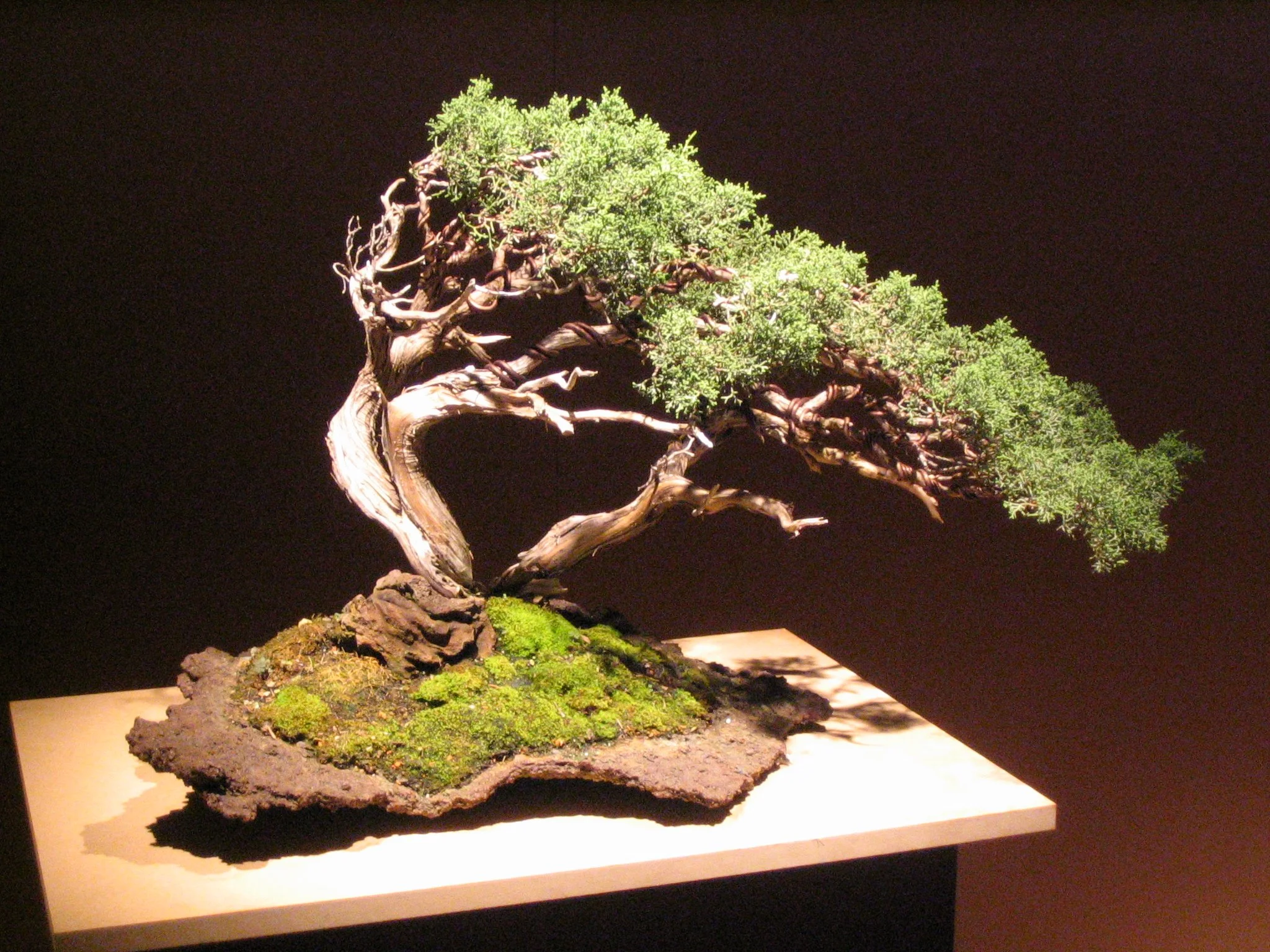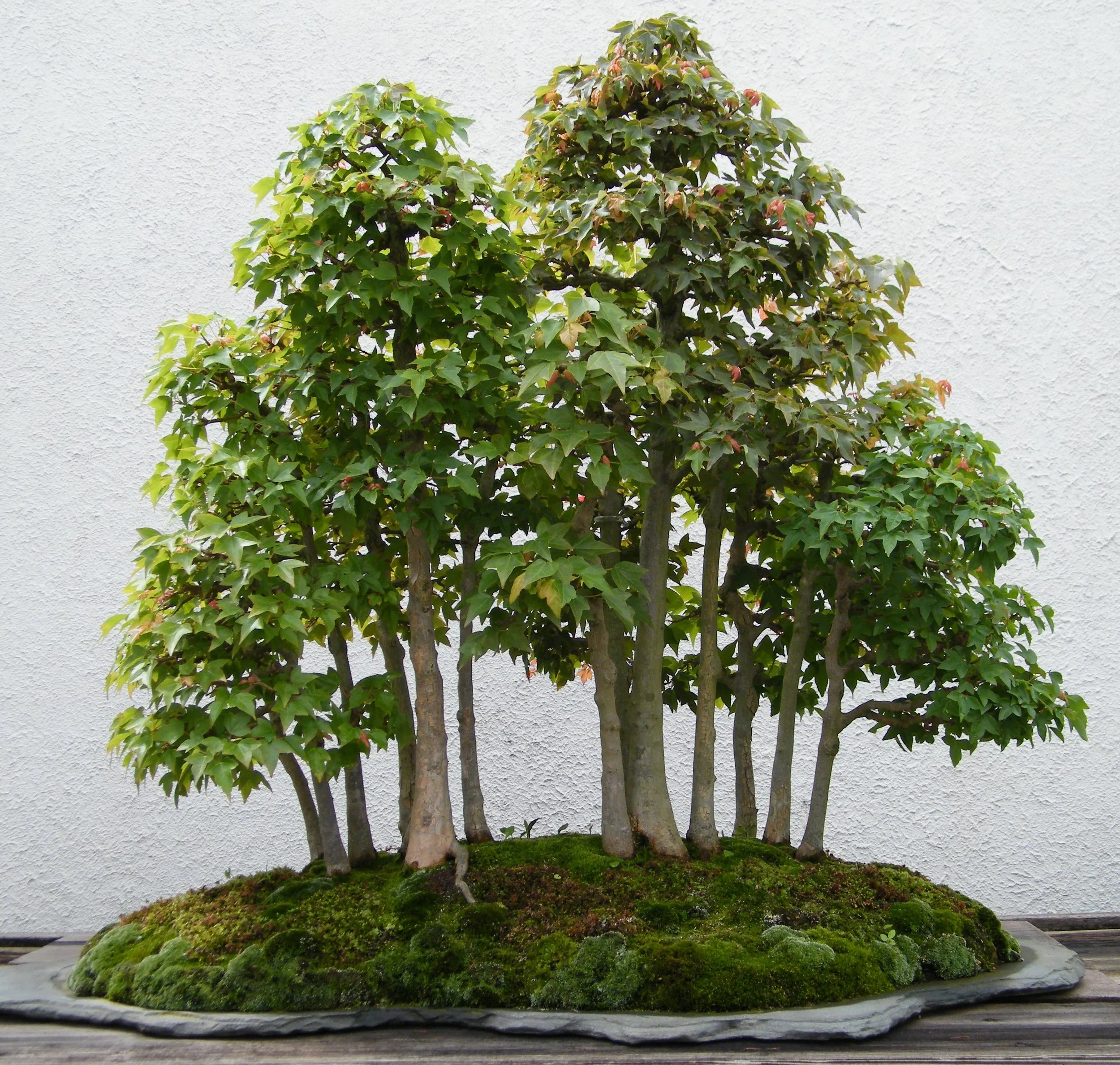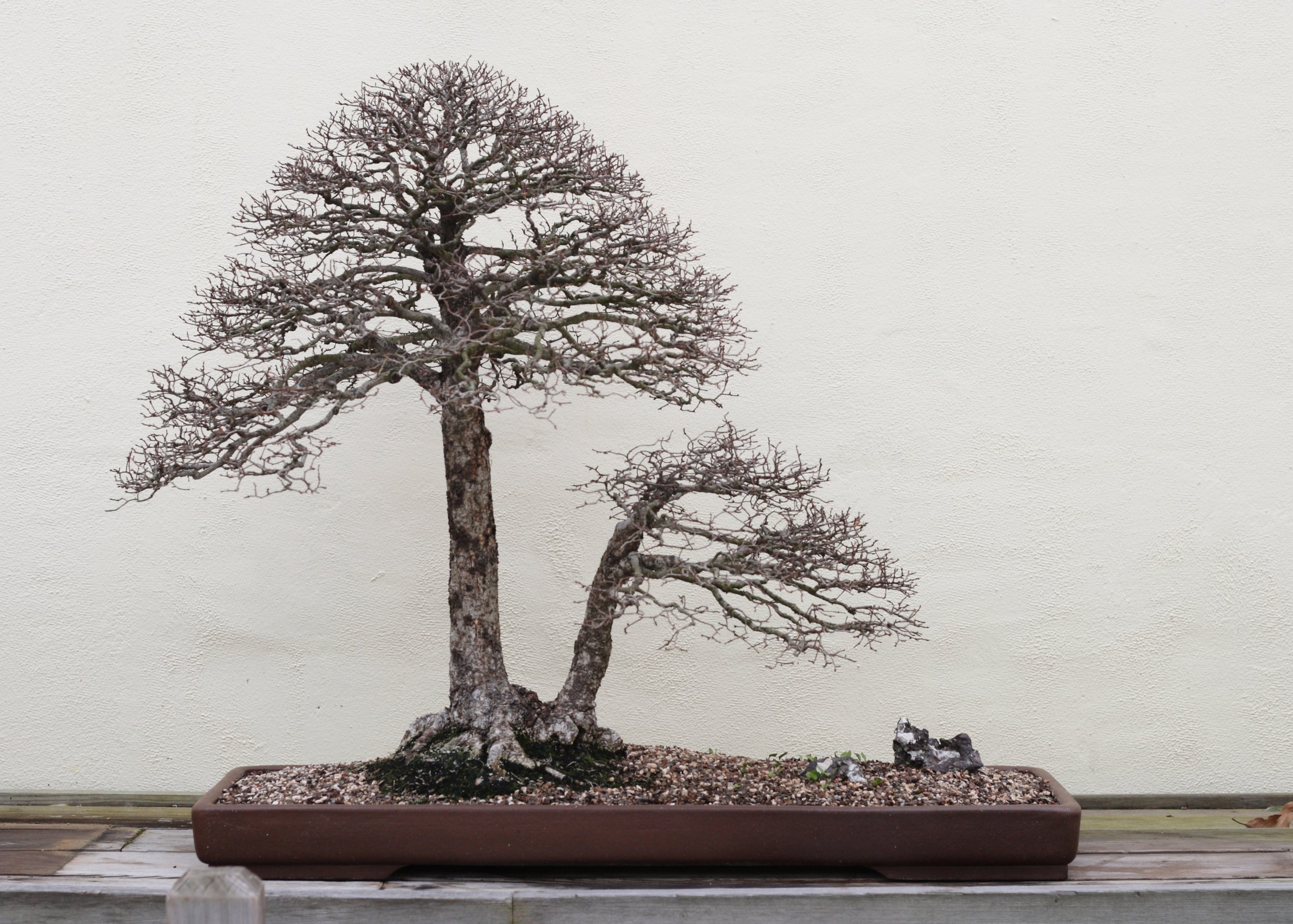Praying with Trees: Bonsai
This week in the ‘Spiritual Tools for Artists’ program, we’ll look at several images bonsai trees. I’m looking forward to learning more about the forms and traditions of tending trees in this way. In our conversation, we will consider in a well-rounded way how the tended-tree ‘speaks’ to us. We close each session with query that focuses us on what this work brings to awareness about our own interwoven prayer and art or craft practice.
I have come to appreciate Bonsai more and more, and begun to experiment with it. I have respectfully set about studying a bit of the history and tradition of it, from ancient China, to Japan, and around the world in the present time.
I can see it being a way to pray with plants. A spiritual practice for trusting in the present moment, learning patience, how to act with care and decision, tending and accompanying a work, task, place, or person gradually, openly, humbly in time. ‘Timefully,’ to use a word I’ve come to appreciate over recent years.
I know lots of people ‘pray with their plants.’ Maybe because institutional christian leaders have been trained and schooled in formal, discursive, doctrinal prayer and academic ways, ‘prayer’ tends to be seen as something intellectual and verbal. There is room and value in that. But if room is not left for the the more well-rounded way prayer emerges and takes hold in our lives, then we are transmitting and expecting a deformed way. And then we also fail to recognize as churches the tremendous power of the Holy Spirit poured out when a widow carefully tends her window sill plants day by day, when a laborer rests in the quiet and joy of his vegetable garden, when a child encounters the living God in the silent wonder of a holy feeling forest.
Mind how often God comes round in the scripture in or near trees and other plants. In the garden, the oaks of Moreh, a burning bush, on a tree wherein is found the way back to life in the fullness of God’s image and likeness.
Anyway, I look forward to seeing what bonsai reveal to me in time. Right now I am captivated at the quality of attention it teaches. Bonsai convey a sense of the form of trees that have survived on inhospitable rock ledges, in blowing shore-side winds, or have grown amidst a larger surrounding forest. In most cases it is a misunderstanding to see them as deformed, artificial trees. Through the attention and simple art of the person who keeps these trees near at hand, bonsai can come capture the form and image of trees as they are found in nature. These are not perfectly straight trees of an industrial forest plantation. They convey the quality of naturalness, and its many appearances.
And they invite us to learn from that quality, to enter it and let it shape our heart and life.



